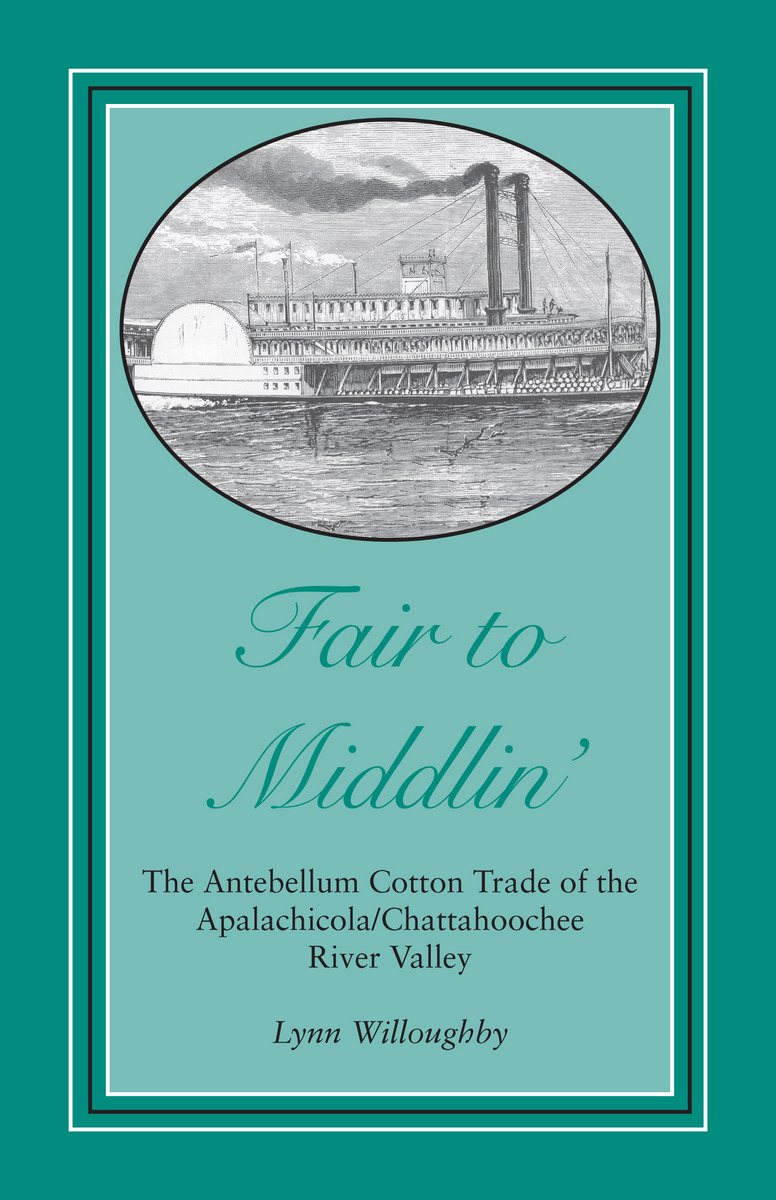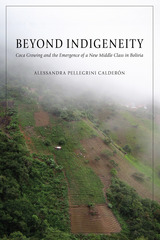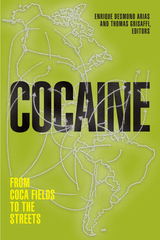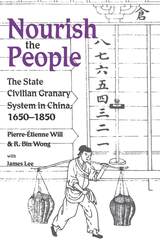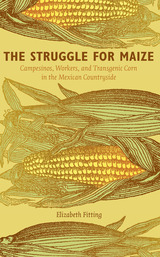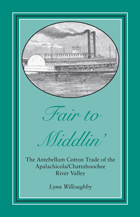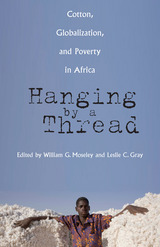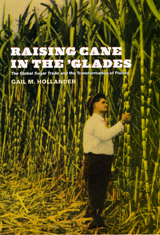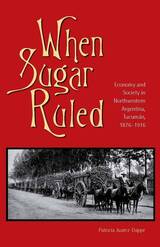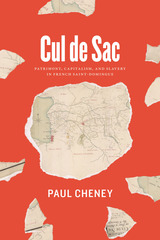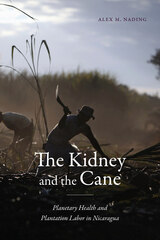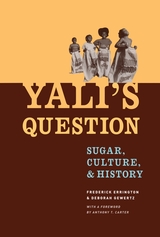Fair to Middlin': The Antebellum Cotton Trade of the Apalachicola/Chattahoochee River Valley
University of Alabama Press, 2009
Cloth: 978-0-8173-0680-9 | Paper: 978-0-8173-5580-7 | eISBN: 978-0-8173-8979-6
Library of Congress Classification HD9078.A66W55 1993
Dewey Decimal Classification 382.413510975991
Cloth: 978-0-8173-0680-9 | Paper: 978-0-8173-5580-7 | eISBN: 978-0-8173-8979-6
Library of Congress Classification HD9078.A66W55 1993
Dewey Decimal Classification 382.413510975991
ABOUT THIS BOOK | AUTHOR BIOGRAPHY | REVIEWS | TOC
ABOUT THIS BOOK
Explores the livelihood of the regional antebellum economy surrounding the Apalachicola/Chattahoochee River valley and the resulting global impact of this industry
This study focuses on the port of Apalachicola, Florida and the business men who lived the trade, flourishing amongst the poor conditions of transportation, communication, money, and banking. Cotton businessmen located along the waterway and on the coast neatly divided the labour necessary to market the region's major source of income.
Early regional economics revolved around and grew from the rivers that served as the primary form of transportation, and each patchwork of economy in the antebellum South relied on a different river system and its major transportation artery. Few people truly understand and realize how important cotton was to the world's economy, and no other American export came close to the importance of cotton. This power and success allowed the South to function self-sufficiently, eliminating the need to rely on other regions for goods. It was not until the introduction of the railroad system that these individual river economies blurred and faded into one another, gradually uniting to one integrated national economy.
This study focuses on the port of Apalachicola, Florida and the business men who lived the trade, flourishing amongst the poor conditions of transportation, communication, money, and banking. Cotton businessmen located along the waterway and on the coast neatly divided the labour necessary to market the region's major source of income.
Early regional economics revolved around and grew from the rivers that served as the primary form of transportation, and each patchwork of economy in the antebellum South relied on a different river system and its major transportation artery. Few people truly understand and realize how important cotton was to the world's economy, and no other American export came close to the importance of cotton. This power and success allowed the South to function self-sufficiently, eliminating the need to rely on other regions for goods. It was not until the introduction of the railroad system that these individual river economies blurred and faded into one another, gradually uniting to one integrated national economy.
See other books on: Cotton trade | Fair | Florida | International | Willoughby, Lynn
See other titles from University of Alabama Press
